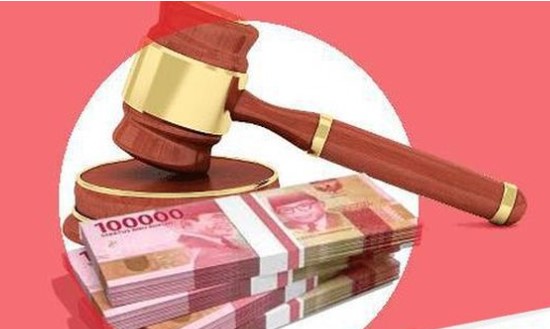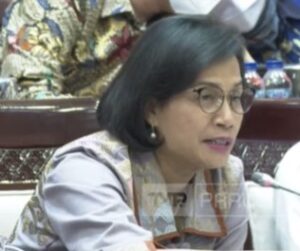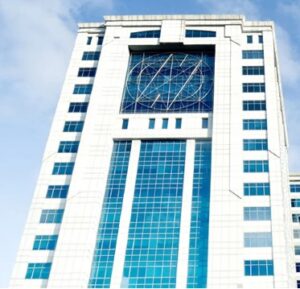
STRATEGIC ASSESSMENT. Bank Indonesia (BI) Governor Perry Warjiyo said Indonesia was continuing its efforts of de-dollarization to lessen its reliance on the U.S. dollar. This is reflected in Bank Indonesia’s intention to work with the South Korean central bank in May to implement the settlement of trade and investment transactions using the national currencies of the two countries.
Perry claimed that Indonesia had taken the initiative to diversify the use of currencies other than the U.S. dollar for trade and investment transaction settlement.
Since 2017, Indonesia has collaborated with Malaysia, Thailand, Japan, and China in local currency transactions (LCT). This implies that Indonesia no longer uses U.S. dollars in its trade and investment with the four nations, instead using respective national currencies.
The state revenue growth accelerated in the first quarter of this year, according to Finance Minister Sri Mulyani Indrawati, who spoke virtually at the state budget press conference APBN Kita. Growing state revenues from tax and non-tax sources are the result of an economy that is becoming more active and relatively high commodity prices.
The massive economic activity has increased tax revenues, both in terms of public consumption and business productivity. In addition to tax revenues, growth in non-tax state revenues also contributes to state revenue growth. Up until the end of March 2023, the state’s non-tax revenue totaled IDR142.7 trillion, increasing by 43.7 percent annually.

According to Sri Mulyani, the growth in non-tax state revenue was supported by the high price of coal commodities, which raised non-tax state revenue from the non-oil and gas sector, and also the price of Indonesian crude oil (ICP) which also raised non-tax oil and gas state revenue.
Indonesia recorded a 128.5 trillion rupiah ($8.69 billion) budget surplus in the first three months of this year, or 0.61% of gross domestic product, its finance minister said as revenues rose.
Revenues in January to March stood at 647.2 trillion rupiah, up 29% from the same period last year, while spending was up 5.7% in annual terms at 518.7 trillion rupiah, Minister Sri Mulyani Indrawati said in a news conference.

Indonesia’s palm oil export to China and Bangladesh saw a huge jump this February, according to the industry association. The Indonesian Palm Oil Association (Gapki) recently revealed that the country’s palm oil export to China witnessed a 55-percent increase from 522,900 tons in January to 809,500 tons a month later. Indonesia shipped 154,000 tons of palm oil to Bangladesh in February.

This marked an estimated 289 percent jump from just 39,600 tons at the beginning of the year. The figures made China and Bangladesh the top two export destinations for Indonesian palm oil that booked the highest increase volume-wise in February.








